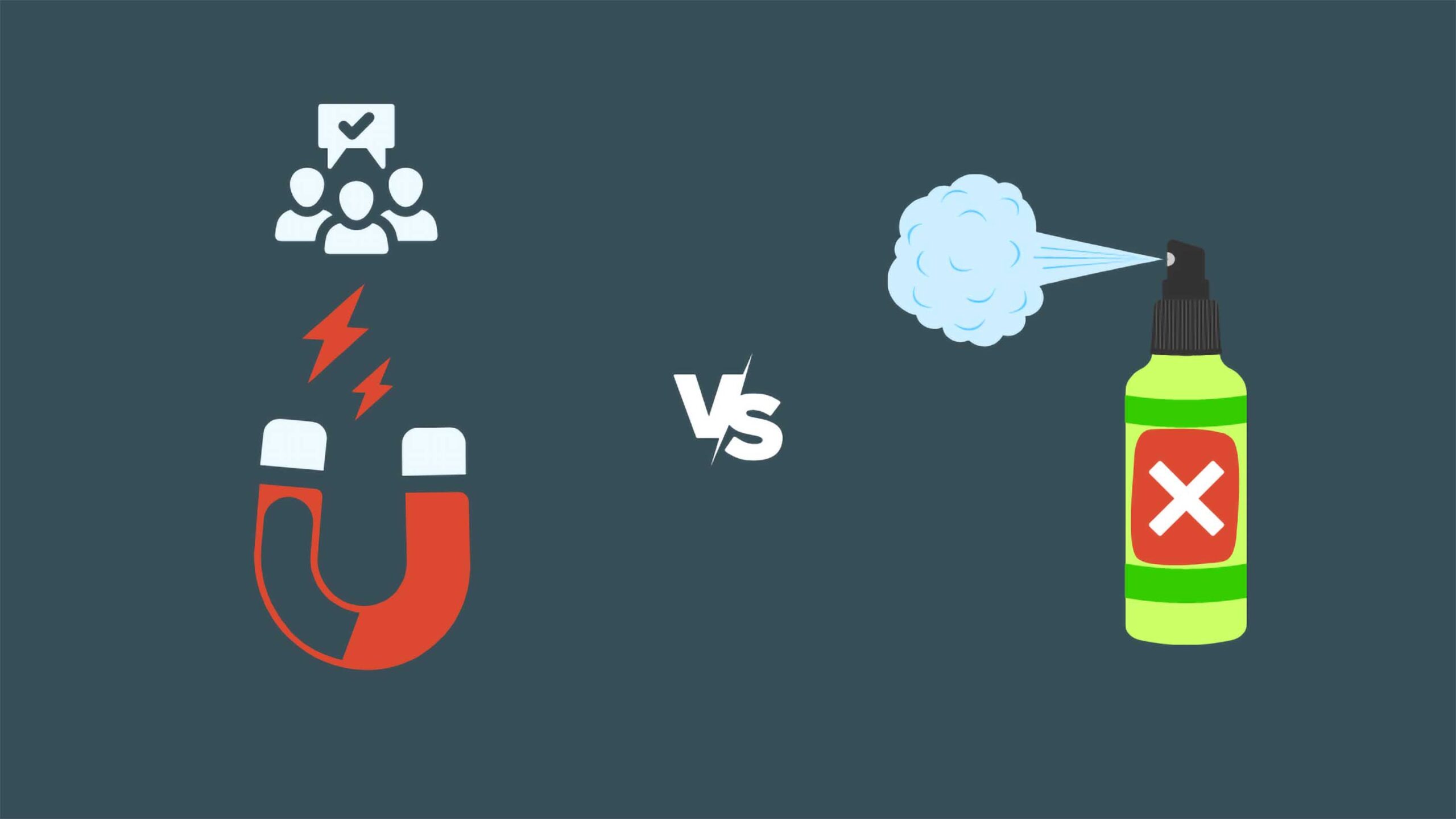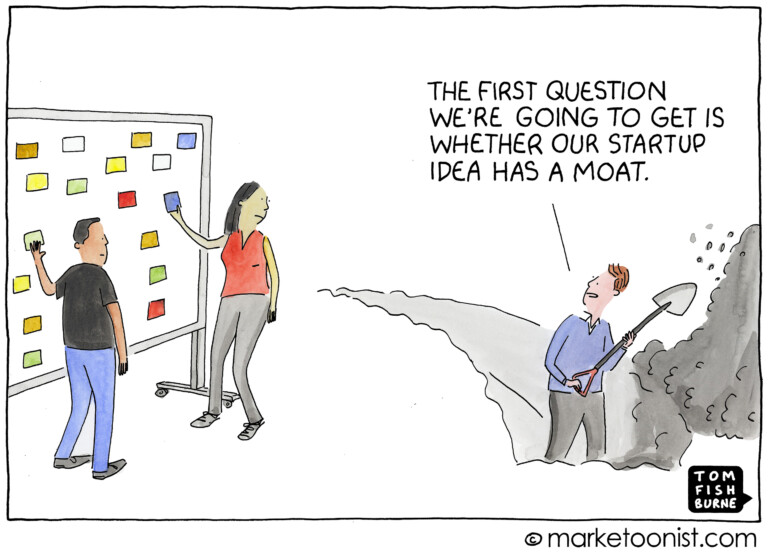Enter “Hit Makers: How to Succeed in an Age of Distraction,” a book by Derek Thompson.
Here’s an excerpt from the publisher describing the book:
Every business, every artist, every person looking to promote themselves and their work wants to know what makes some works so successful while others disappear. Hit Makers is a magical mystery tour through the last century of pop culture blockbusters and the most valuable currency of the twenty-first century—people’s attention.
From the dawn of impressionist art to the future of Facebook, from small Etsy designers to the origin of Star Wars, Derek Thompson leaves no pet rock unturned to tell the fascinating story of how culture happens and why things become popular.
I stumbled across a TEDx talk from the book’s author the other night and found it fascinating in many ways.
One – trends follow patterns and are mostly a mix of “new” and “familiar.” If you look at the fashion world, movies, even songs that emphasize guitar solos – they follow a pattern.
One decade they’re all the rage, the next they are totally passe.
Thompson proposes that hit makers often happen at the intersection of “new” yet “familiar.”
It seems people love “new” things, but also fear them – but when you make something new “familiar” in some way, that’s when the magic happens.
Likewise, when you take some familiar and make it “new,” – same magic.
Just like the marketing legends of the early 1900s, who had to communicate using only a few media channels to distribute their sales message to the market, the early industrial design pioneers had a similarly difficult task of making mundane and boring things, “interesting.”
All forms of success leave clues – and if you go back in history and study the early marketing and design pioneers, you’ll learn more about how to influence human behavior than you will anywhere else.
Take Raymond Loewy for instance.
Raymond Loewy is one of the most influential and famed industrial designers from the early 1900s. Loewy’s designs were just about everywhere back in his day – from the logos of Shell, Exxon, TWA, and BP – the design of the Coca-Cola vending machines, the Sears Coldspot refrigerators, the train designs for the Pennsylvania Railroad, the NASA Apollo and Skylab interiors, and even the redesign of the Air Force One airplane used by the President of the United States.
How’s that for a design resume?
Loewy was referred to as “The Man Who Shaped America,” and if you study his work, you’ll be amazed at what he accomplished.
You’ll also see a perfect blend of “new” yet “familiar.”
My humble advice to all the marketing, advertising, and design folks out there – if you want to move forward, look backward – history is a great teacher.
What’s “old” becomes “new” again in time.
And although trends may change over time, human psychology remains the same.
Where to Hang Your Hat
The battle for your mind is here to stay.
In fact, if you look back in history, you’ll find the same battle over and over again…
…all “positioning, postering, and persuading” uses the same emotional levers…
…and history repeats itself…
…think about all the past wars over religion, power, money, and greed.
In the end, it’s a battle for your mind.
Brands have been fighting this battle for a long time as well, only now it’s getting tougher to win a coveted “share of consumer mind.”
To get a share of mind, you must first “hang your hat.”
Hanging your hat means standing for something.
It’s your “why” and your “because.”
When you stand for something, you create a connection point between your brand and the mind of the consumer.
It must be authentic and real.
When you’re going to market without “taking a stand” you’re perpetuating indifference in the market.
Indifference is like a sea that separates your brand and your customer’s mind.
Seth Godin says it perfectly when speaking about this magical connection:
“People like us do things like this.“
People don’t buy Apple products because they are the best at solving their technology problems – they buy Apple because it’s Apple!
Apple is a rare breed in the world of branding, and tells you what’s possible…
…when you believe in something and “hang your hat” on that in the market – others come to believe it too.
In the computer world, you’re either Apple or PC.
And you probably made that decision based on what they stand for in your mind.
The goal is twofold:
- To attract people that share your worldview and beliefs.
- To repel those that don’t.
This is where most marketing buzzards get it wrong – their advice is to play it safe and attempt to please all things and all people.
You can’t.
If your product/service/brand is not standing out in the market, try taking a stand and “hanging your hat” on why you’re doing it in the first place.
And stay unruly out there ~






